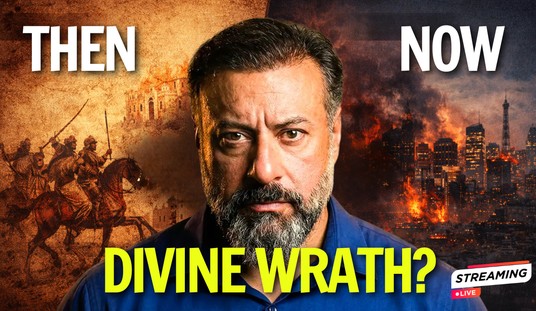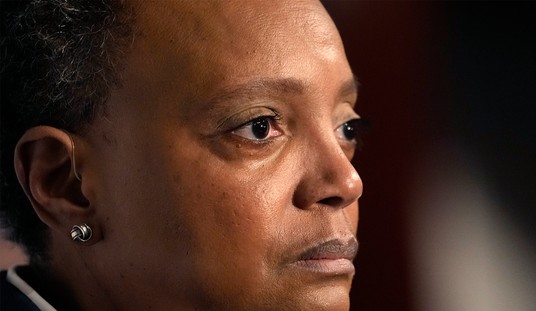For the past few weeks, we’ve looked at the company Walt Disney built and how it has survived over the decades. We talked about how the studio reflected the can-do spirit that beat the Great Depression in the 1930s, as well as how World War II affected Disney. We’ve also discussed the changing world of the 1950s and how Disney reflected it, and we looked at Walt’s seven most radical ideas from the 60s.
Last week, we delved into what I call Disney’s wilderness years – the period after Walt’s death when the company had exhausted all of its founder’s projects and its output suffered creatively. We looked at the 1970s and how Disney reflected the both the general malaise and the leadership crisis the country faced.
As the new decade dawned with a palpable sense of excitement brought about by the election of Walt’s friend Ronald Reagan, Disney didn’t immediately bounce back. Part of the reason for this hit-or-miss period stemmed from the fact that, after the light comedies of the 70s, many of Disney’s productions in the early 80s took a dark turn.
Beginning with the hideous Star Wars knockoff The Black Hole in 1979, Disney chose to take on some heavier themes and subject matter. Live action films like the chilling The Watcher In The Woods (1980 or 1981, depending on which ending you prefer) and the eerie Something Wicked This Way Comes (1982) saw the light of day alongside animated features like 1985’s The Black Cauldron, a cartoon so packed with edgy, dark scenes that studio bosses Michael Eisner and Jeffrey Katzenberg hotly debated which scenes to cut.
And don’t forget about TRON (1982), the hybrid of live action and early computer animation that opened up an odd, creepy world all its own. Releases like these added an interesting new dimension to the Disney canon, regardless of their successes or failures.
Disney’s television presence underwent some remarkable changes in the ’80s. CBS picked up the long-running Wonderful World of Disney (the descendant of the Disney series which starred Walt: Disneyland and Wonderful World of Color) in 1981 and changed the title to, simply, Walt Disney. Disney CEO Card Walker pulled the plug on the CBS series in early 1983 because he felt the show would conflict with Disney’s newest venture into cable television.
The Disney Channel launched on April 18, 1983 (featuring a bearded Donny Osmond – post “Puppy Love” and pre “Soldier of Love” – leading the countdown). The cable network began with an 18-hour broadcast day and a mix of classic Disney productions, original programming, and even classic sitcoms from a bygone era. By the end of 1986, The Disney Channel moved to a 24-hour schedule.
The advent of home video proved to be a boon for Disney. Fans could bring classic films and television series into their homes whenever they wanted. Home video even brought Disney Channel programming to families without cable, including Mousercise, Disney’s attempt to cash in on the aerobics craze.
The theme parks generated the most excitement during the ’80s. On October 1, 1982 – the 11th anniversary of Walt Disney World’s opening – the second Florida theme park, EPCOT Center opened. Located essentially in the exact center of the Florida land, EPCOT Center served as the closest achievement of Walt’s original plan for the Experimental Prototype Community Of Tomorrow.
EPCOT Center fulfilled Walt’s vision for a “permanent World’s Fair” with pavilions dedicated to current issues and futuristic ideas, along with exhibits from various nations from around the globe. The futuristic city would never see the light of day, but EPCOT Center as it stood represented Walt’s commitment to American ingenuity and the free market.
EPCOT Center (which we now call Epcot) changed the way we look at theme parks in a radical way.
On April 15, 1983, Disney opened its first theme park outside the United States, Tokyo Disneyland. With its opening day roster of attractions, Tokyo Disneyland closely mirrored the Magic Kingdom at Walt Disney World. The Japanese park became an immediate hit and has undergone several expansions since its opening.
Soon after, Fantasyland at Disneyland underwent a drastic, stunning makeover. Time and budget constraints had prevented Walt from creating the Fantasyland he initially wanted. The Imagineers erected quick, relatively cheap sets to achieve the medieval tournament tent look that the company copied for Walt Disney World.
By the early '80s, the company determined that Fantasyland needed a makeover, and chose to transform the land into the Bavarian village concept that Walt desired from the beginning. The beautiful new facades improved the look of the area dramatically. The Imagineers added the Pinocchio’s Daring Journey dark ride to the attractions in New Fantasyland, as the company called the freshly made over section of the park.
The spotty success that Disney experienced in the '80s led to a major shakeup in the company’s leadership. The board of directors managed to hold off a couple of hostile takeovers – but barely. Major stockholders Roy E. Disney (Walt’s nephew and Roy’s son) and Sid Bass expressed their lack of confidence in Ron Miller and brought in Michael Eisner from Paramount as CEO and Chairman of the Board and Frank Wells as president. Eisner had a proven track record: while at Paramount, that studio generated hits like Grease, Raiders of the Lost Ark, Happy Days, and Family Ties.
The two energetic executives went to work on an ambitious plan to revitalize the studio. But first, Disney had to work through the last of the Ron Miller production slate, and more forgettable moments like Oliver And Company and The Great Mouse Detective followed. Once their productions hit the marketplace, Eisner and Wells ushered in what some called the Disney Renaissance. We’ll look at those years in more detail next week.










Join the conversation as a VIP Member